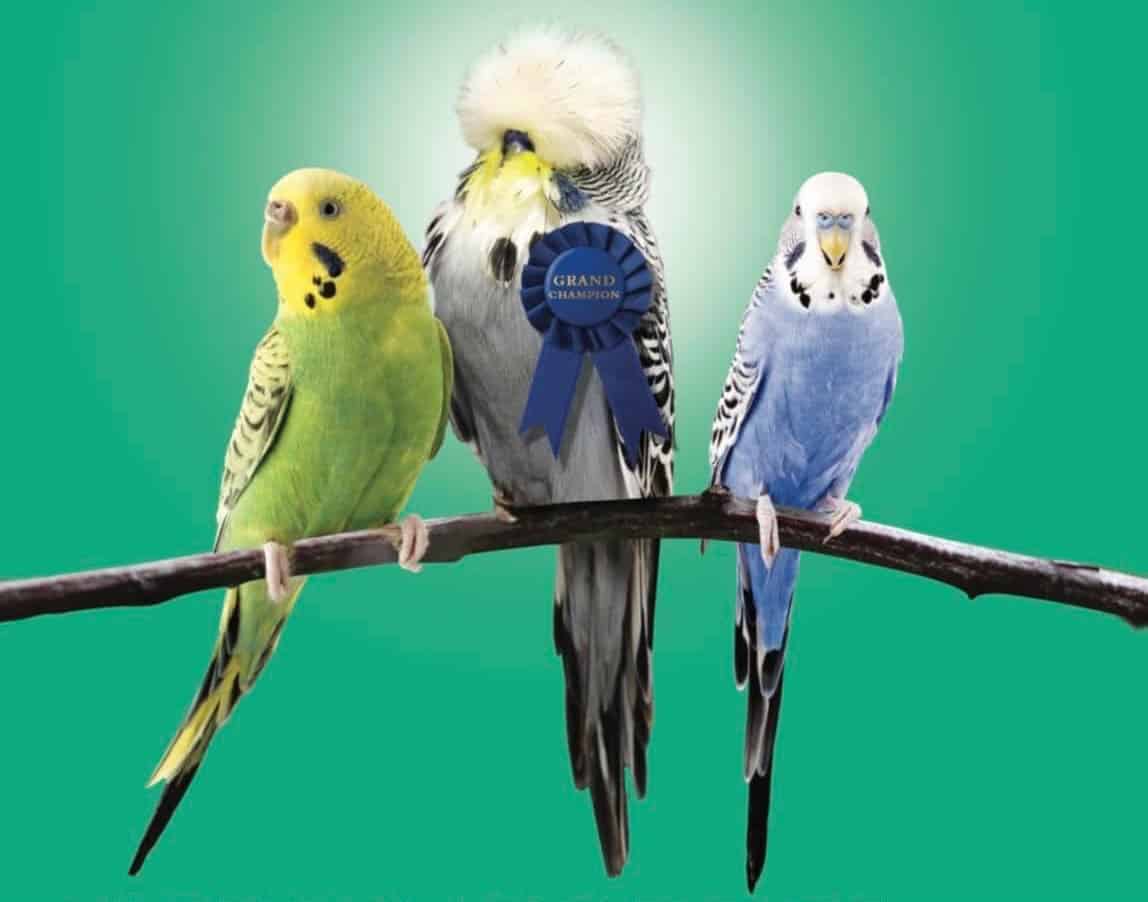The Budgerigar Council of South Australia is proud to offer its guidelines for budgies to be used as pets. They are also referred to as budgerigars and parakeets. Pet owners across the globe love these small, chirpy Budgies. In the same way as the well-known pet and cat and budgies, budgies are known for being affectionate and intelligent. They can also be quite talkative.

Before you bring this little charmer into your home, however, it’s important to understand their needs and personality. This guide will provide you with the essential information needed to lead a a healthy and happy life for both you and your feathered companion.
A Tiny Social Butterfly
Budgies thrive with companionship. In the wild, they dwell in large flocks, constantly engaging in conversation and chirping with one the other. While a single bird can create bonds with their human owner if it is treated with a lot of love and love, they’d prefer to have feathered friends. If you’re not able manage two birds, then you should you should spend time with only one bird to prevent lonely.
Chatterboxes with an Flair to mimic
One of the most lovable characteristics of a pet budgie is their capacity to imitate sounds. With patience and training, the budgies are able to learn phrases and words, which adds a a delightful layer of entertainment to their chirps and whistles. It is possible that their vocabulary could differ widely. Some budgies may become true chatterboxes and others will be content with simple whistles. However, regardless of their ability to talk their witty vocalizations are guaranteed to bring a smile to your face.
Rainbow on Wings
Budgie birds are available in a stunning array of colors, from the classic yellow and blue light to more vivid shades of violet, green and white. Breeders throughout the years have created many mutations. It is likely to be possible to find a bird that suits your personality. Beyond the aesthetic These color variations could occasionally indicate the bird’s age or gender, making them an interesting conversation piece in the pet shop.
How to live large even in a small area
Although budgies are small, they need plenty of room to roam, fly and climb. A minimum cage size of 20 inches long 12 inches in width, and 18 inch high. However, bigger is better! Perches of various heights in terms of textures and sizes will keep your bird engaged. Also, rotate your toys often to prevent boredom. Natural sunlight is beneficial however, avoid placing the cage in the direct light for long periods of time.
A diet that is approved by Budgies
A healthy budgie bird diet consists primarily of a high-quality pelleted food formulated for small parrots. It provides them with all the essential nutrients they need to flourish. Include in their pellet diet fresh fruits and veggies like chopped carrots, leafy greens, and apples (be sure to get rid of the seeds). Cuttlebones are essential to ensure their beaks are kept trim and providing essential minerals. Make sure they are drinking fresh, clean water.
A bonding experience between you and your feathered friend
The art of taming a budgie requires patience and gentle strokes. Begin by gently touching the cage while speaking to your pet. To establish trust, you can offer treats such as millet spray by putting it on the bars of the cage. Once your pet is comfortable with you it is possible to enter the cage to invite him to sit on your finger. It may take several weeks before you are able to finish the procedure, so don’t be impatient.
A Lifetime commitment
If taken care of properly the budgies will last up to 12 years. Before you welcome one into your home, think about your lifestyle and long-term commitment. Do you have the capacity to offer daily interaction, a stimulating environment and a clean home? If yes, a budgie will be an animal friend that will enrich your life with fun chatter and antics.
The Budgerigar Council of South Australia encourages responsible pet ownership. Ask an avian vet advice if you have questions or concerns about the care of your feathered companion.